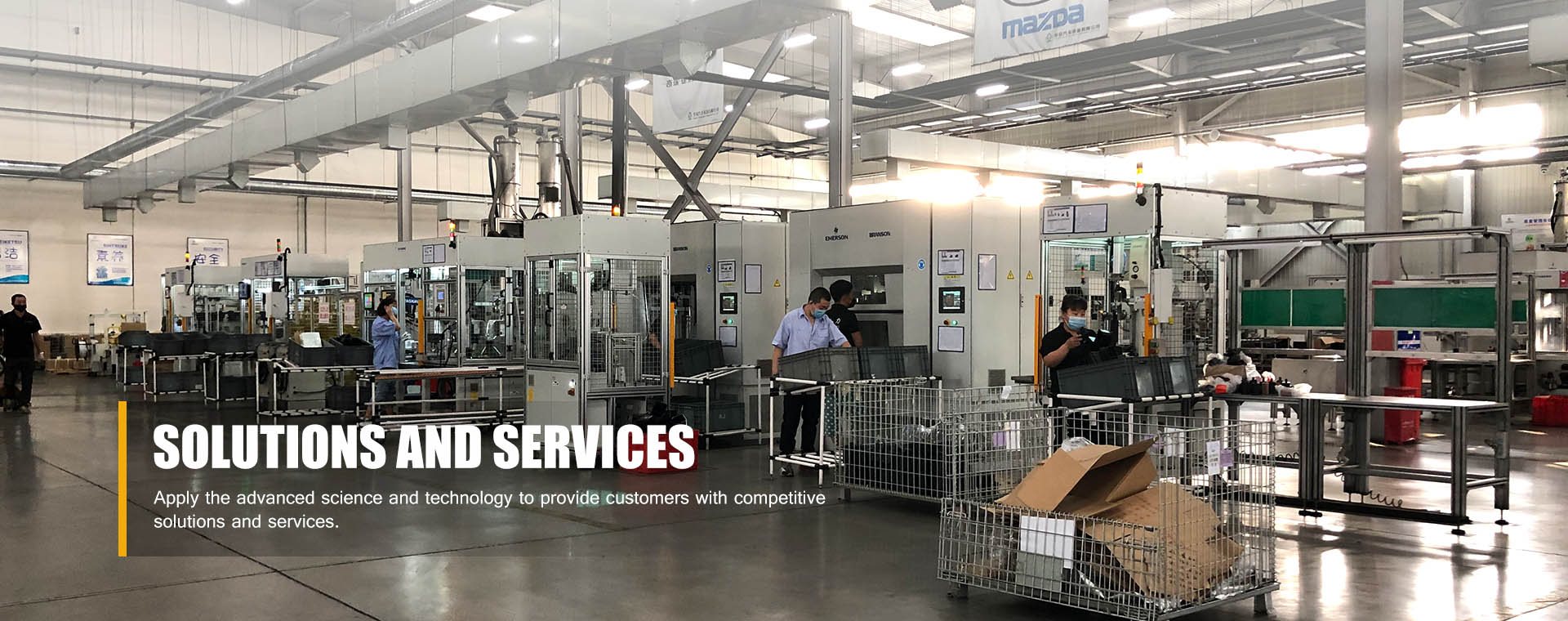
Laser welding offers flexible working methods, contactless welding limits mechanical and thermal stresses. It is easy to automate high-speed welding, and it can also be controlled by digital or computer. When welding thin materials or thin-diameter wires, it is not as easy to be troublesome as arc welding. Two metals with different physical properties (such as different resistances) can be laser welding equipment welded.
The heat input can be reduced to the minimum required amount, the metallographic change range of the heat-affected zone is small, and the deformation caused by heat conduction is also the lowest. There is no need to use electrodes, and there is no concern about electrode contamination or damage. And because it is not a contact welding process, the wear and deformation of the machine tool can be minimized. The laser beam is easy to focus, align, and be guided by optical instruments. It can be placed at an appropriate distance from the workpieces and can be guided between tools or obstacles around the workpieces.
Other welding methods cannot be used due to the above-mentioned space limitations. The laser beam can be focused on a small area and can weld small and closely spaced parts. There is a wide range of weldable materials, and various heterogeneous materials can be joined to each other. It is easy to automate high-speed welding, and it can also be controlled by digital or computer. When welding thin materials or thin-diameter wires, it is not as easy to be troublesome as arc welding. Two metals with different physical properties (such as different resistances) can be welded.